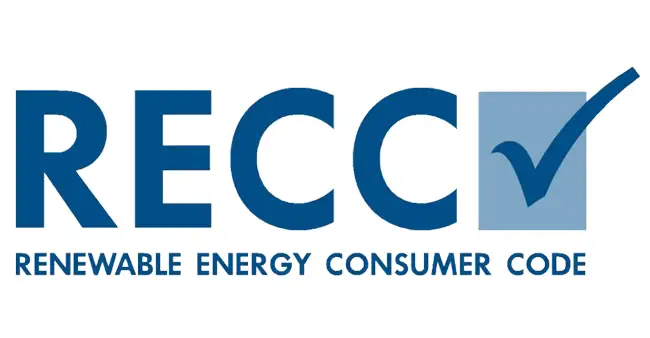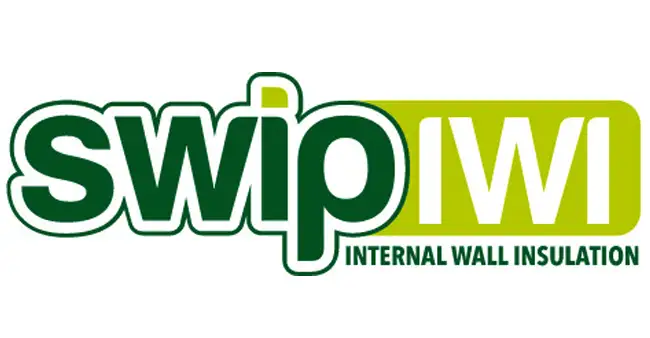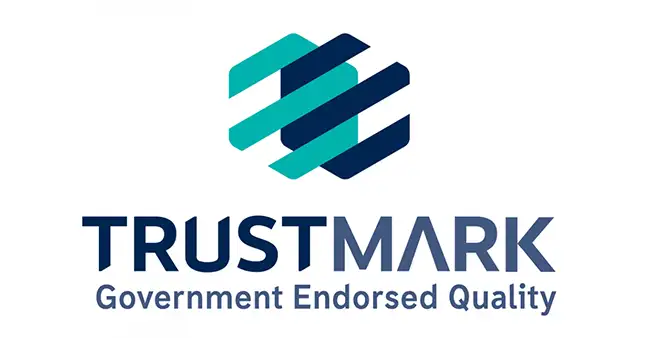
Insulation Boards or Stud Walls? Your Complete Guide to Internal Wall Insulation Methods
If you’re considering internal wall insulation (IWI) for your solid wall home, you’ve already taken an important step toward creating a warmer, more energy-efficient living space. But with different installation methods available, how do you know which is right for your property?
This complete guide from Creed Energy Solutions breaks down the two primary internal wall insulation techniques — insulation boards and stud walls — so you can make an informed decision that suits your home’s structure, your lifestyle, and your comfort goals.
Understanding Internal Wall Insulation: Why the Method Matters
Internal wall insulation (IWI) involves applying insulation to the inside of external walls to form a thermal barrier that drastically reduces heat loss.
For homes with solid walls — typical of pre-1920s properties — IWI can cut heating costs by up to 45%, eliminate cold spots, and make rooms feel consistently comfortable.
However, the installation method affects not just energy performance, but also room size, breathability, and practical usability. Choosing between insulation boards and stud walls is key to achieving the perfect balance.
Method 1: Insulation Boards — The Precision Engineering Approach
How It Works
Rigid insulation boards, made from materials such as PIR (polyisocyanurate), phenolic foam, or mineral wool, are directly bonded to your existing walls using specialist adhesives. They’re then covered with plasterboard and a vapour control layer to protect against condensation.
Technical Advantages
Outstanding Thermal Efficiency: Low U-values (as little as 0.20–0.25 W/m²K) for excellent heat retention.
Minimal Space Loss: At just 50–120mm thick, insulation boards are highly space-efficient.
Integrated Vapour Control: Built-in vapour barriers prevent moisture buildup.
Fast Installation: Typically 30–40% quicker than stud wall systems.
Practical Benefits
Smooth Finish: Creates perfectly flat walls ideal for modern interiors.
Moisture Resistant: Suitable for kitchens and bathrooms with varying humidity.
Fire Rated: Most systems meet Class 0 or Class 1 safety standards.
Considerations
Works best on even wall surfaces.
Limited space for concealing wiring or pipework.
May require extra fixings for heavy wall-mounted items.
Best Suited For
Period properties where room proportions are important.
Homes with flat and stable walls.
Rooms where space optimisation is a priority.
Method 2: Insulated Stud Walls — The Flexible Framework Solution
How It Works
Stud walls use a timber or metal framework built against the existing wall. The cavities are filled with insulation such as mineral wool, sheep’s wool, or rigid boards, then covered with plasterboard and a vapour control layer.
Technical Advantages
Excellent Acoustic Performance: Superior soundproofing thanks to the cavity and dense insulation.
Ideal for Uneven Walls: Perfect for older properties with irregular surfaces.
Conceals Services Easily: Electrical cables and plumbing run neatly inside the framework.
Proven Durability: Long-lasting and reliable installation.
Practical Benefits
Strong and Supportive: Suitable for heavy wall-mounted items.
Breathable Materials: Natural insulations allow vapour permeability — ideal for heritage homes.
Design Flexibility: Create features like recessed shelving or alcoves.
Considerations
Reduces room space by 100–150mm.
Longer installation time due to multiple construction steps.
Airtightness must be managed carefully for efficiency.
Best Suited For
Uneven or damaged walls that require leveling.
Noisy environments where acoustic insulation is important.
Heritage properties needing breathable insulation solutions.
Rooms where concealing cables and services is essential.
Making the Right Choice: Key Decision Factors
1. Property Type and Condition
Victorian & Edwardian Homes: Often better suited to stud wall systems due to uneven walls.
1930s & Mid-Century Homes: Usually well-suited for insulation boards.
Listed or Protected Buildings: Require tailored solutions and sometimes conservation officer approval.
2. Room Usage
Living Rooms & Bedrooms: Both methods work effectively.
Kitchens & Bathrooms: Insulation boards perform well in humid environments.
Home Offices or Studios: Stud walls provide superior soundproofing.
3. Practical Considerations
Space vs Function: Consider space loss versus need for hidden services.
Future Plans: Think about mounting heavy items on walls.
Budget: Both options are eligible under the ECO4 grant scheme, with differences in materials and labour costs.
Professional Assessment: Why It Matters
A professional survey from Creed Energy Solutions evaluates:
Wall Condition: Moisture, structural soundness, and existing finishes.
Thermal Bridging: Cold spots and junction weaknesses.
Airtightness Strategy: Ensuring a continuous air barrier.
Building Regulations Compliance: Full adherence to Part L energy standards.
The Installation Process: What to Expect
For Insulation Boards
Wall preparation and damp-proofing
Adhesive application and fixing of boards
Sealing joints and perimeter edges
Plasterboard installation with vapour control layer
Smooth, decoration-ready surface
For Stud Walls
Timber or metal stud framework construction
Placement of insulation within the cavity
Vapour control layer application
Integration of services like wiring or plumbing
Plasterboarding, finishing, and decoration
Funding Your Project Through ECO4
Both insulation methods are eligible for full or partial funding through the UK Government’s ECO4 scheme, provided you meet the criteria:
Homeowners or private tenants (with landlord approval)
Households receiving qualifying benefits
Properties with solid walls and poor energy performance
Creed Energy Solutions manages the ECO4 process from assessment to installation, ensuring a smooth, stress-free experience.
Take the Next Step Toward a Warmer, More Efficient Home
Understanding the differences between insulation methods allows you to make the right choice for your property. Whether you prioritise space-saving insulation boards or the versatility of stud walls, both deliver remarkable improvements in comfort, warmth, and efficiency.
Ready to find the best solution for your home?
Call Creed Energy Solutions today at +44 7424 950494 or book your free property assessment.
We combine technical expertise with a deep understanding of traditional and modern buildings to recommend the perfect insulation strategy for your home, transforming solid wall properties into warm, energy-efficient, and comfortable spaces.






